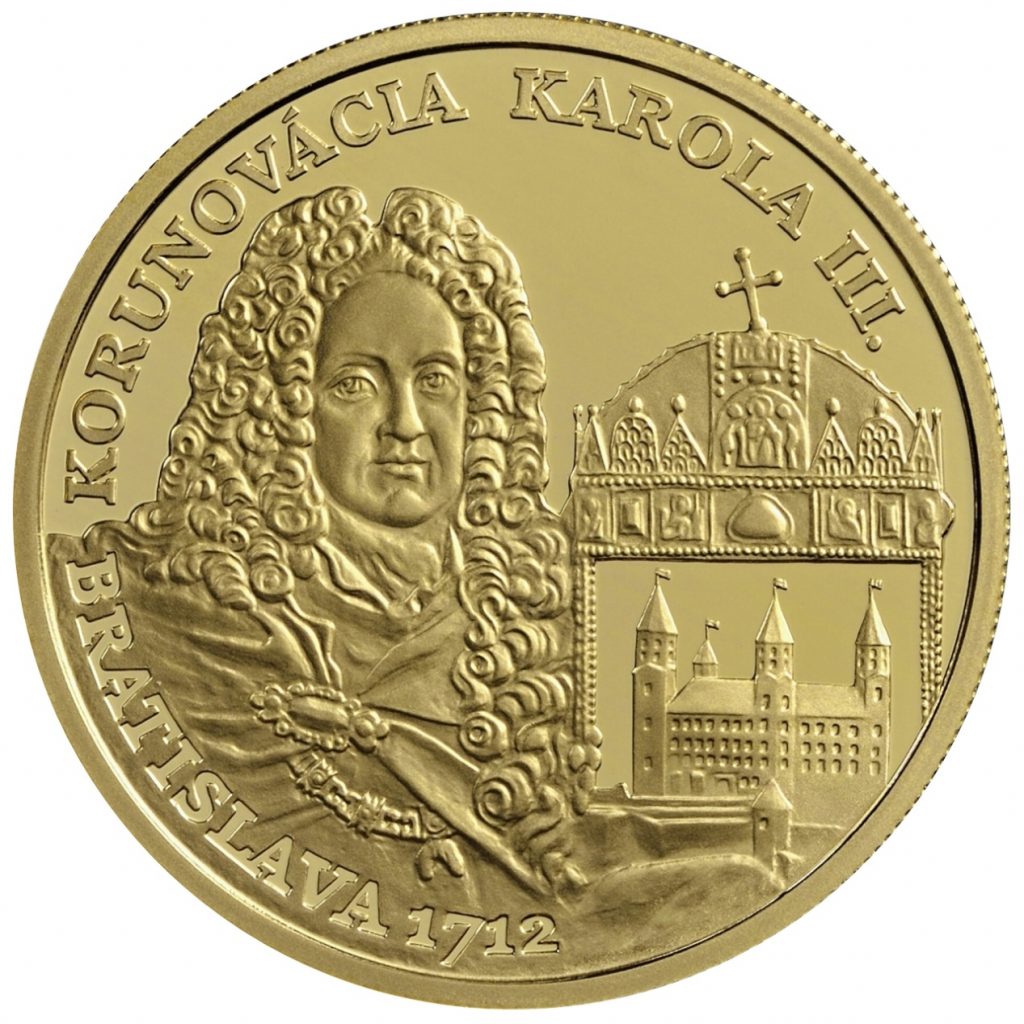-
NBS Tasks
Browse topics
- Monetary policy
- Financial market supervision
- Financial stability
- Banknotes and coins
- Payments
- Statistics
- Research
- Legislation
-
Publications
- Activity Report of the NBS Innovation Hub Annual Report Carbon Footprint Report of NBS Climate-related disclosures of NBS non-monetary policy portfolios Economic and Monetary Developments Financial Stability Report Investment Policy Statement of the National Bank of Slovakia Macroprudential Commentary
- Policy Briefs Report on the Activities of the Financial Market Supervision Unit Research Papers: Working and Occasional Papers (WP/OP) Statistical Bulletin Structural Challenges Other publications Sign up for your email notifications about publications
- About the Bank
- Media
- Frequently asked questions
-
For the public
Browse topics
- About the Bank
- Exchange rates and interest rates
- Banknotes and coins
- Payments
- Financial stability
- Financial market supervision
- Statistics
- Legislation
-
Publications
- Activity Report of the NBS Innovation Hub Annual Report Economic and Monetary Developments Financial Stability Report Macroprudential Commentary
- Report on the Activities of the Financial Market Supervision Unit Research Papers: Working and Occasional Papers (WP/OP) Statistical Bulletin Other publications Sign up for your email notifications about publications
- Frequently asked questions
- Media
- Careers
- Contact
300th anniversary of the coronation of Charles III
€100 gold collector coin
In the first third of the 16th century, Hungary was threatened by the raids of the Turks. After the Turkish occupation of the capital Buda, the Hungarian Parliament decided in 1536 that the new capital and coronation city of Hungary would be Pressburg (today’s Bratislava). From 1563 to 1830, 11 rulers and 8 royal wives were crowned in the gothic St. Martin’s Cathedral.
When Joseph died, Charles became the sole male descendent of the Habsburg dynasty and he returned to Vienna from Spain. En route, he was crowned Holy Roman Emperor at Frankfurt am Main on 24 December 1711. He became Emperor Charles VI, while as King of Hungary he would be Charles III. His coronation as the Hungarian king was preceded by a session of the Diet of Hungary in Pressburg, which did not immediately give its ascent to the succession. Only after months of negotiations and after Charles pledged to fulfil the conditions laid down by the Hungarian nobility did the Diet approve the coronation, setting the date for 22 May 1712.
During a reign of almost thirty years, Charles III seldom returned to Pressburg. His time was taken up with fighting battles in southern Hungary and performing official duties in Vienna. One of his most well-known acts was to issue the Pragmatic Sanction, an edict of 1713 that established the indivisibility of the Hapsburg Monarchy and a new order of succession that allowed a daughter to accede to the throne.
-
Coin description
Obverse:
The obverse side of the coin depicts the coronation procession and Bratislava architectural landmarks associated with the coronation – the Vienna Gate of Bratislava Castle, the steeple of St Martin‘s Cathedral, and the tower of the Old Town Hall. On the left side of the design, the national emblem of the Slovak Republic is in the lower part and the denomination is in the upper part with „100“ positioned above „EURO“. The country name „SLOVENSKO“ appears along the right-hand edge, above the year „2012“. Below the year are the mintmark of the Kremnica Mint and the stylised initials of the coin‘s designer Karol Ličko.Reverse:
On the reverse side is a portrait of King Charles III, accompanied by the Hungarian royal crown and a period depiction of Bratislava Castle. In the upper part of the design is the text „KORUNOVÁCIA KAROLA III.“ (CORONATION OF CHARLES III) and in the lower part the text „BRATISLAVA“ and the coronation year „1712“.
-
Coin details
Designer: Karol Ličko Composition: .900 gold, .75 silver, .25 copper Weight: 9.5 g Diameter: 26 mm Edge: milled Producer: Kremnica Mint Engraver: Dalibor Schmidt Issuing volume: 5,200 coins in proof quality Issuing date: 10 December 2012

